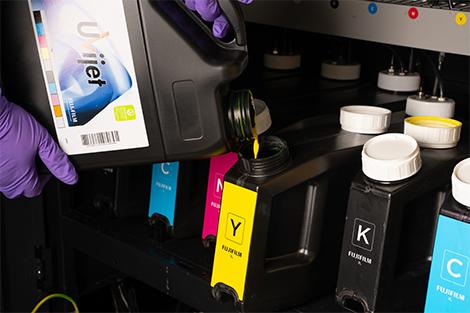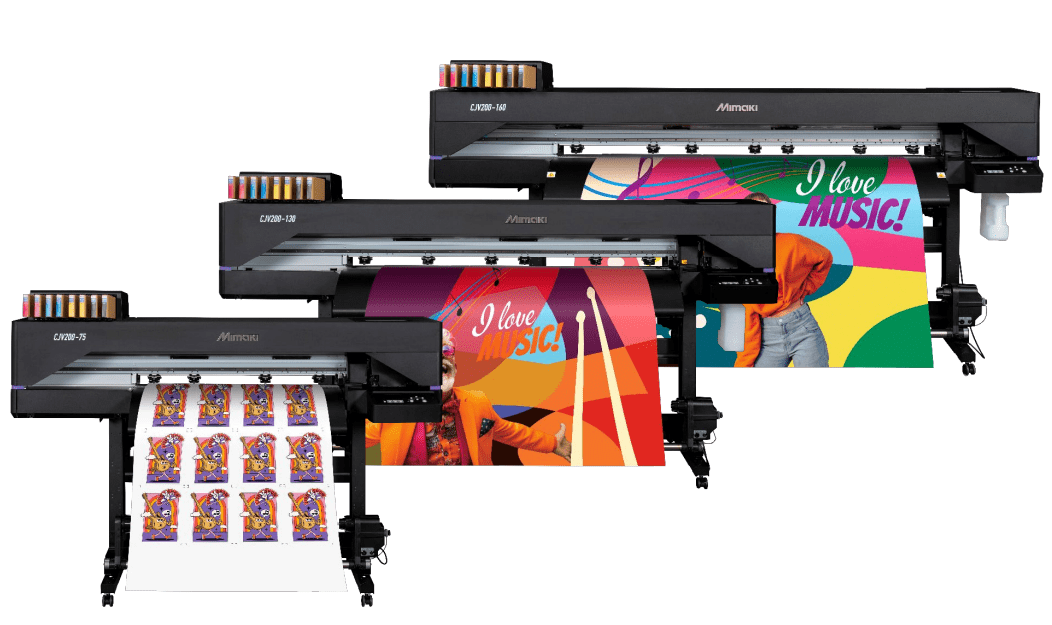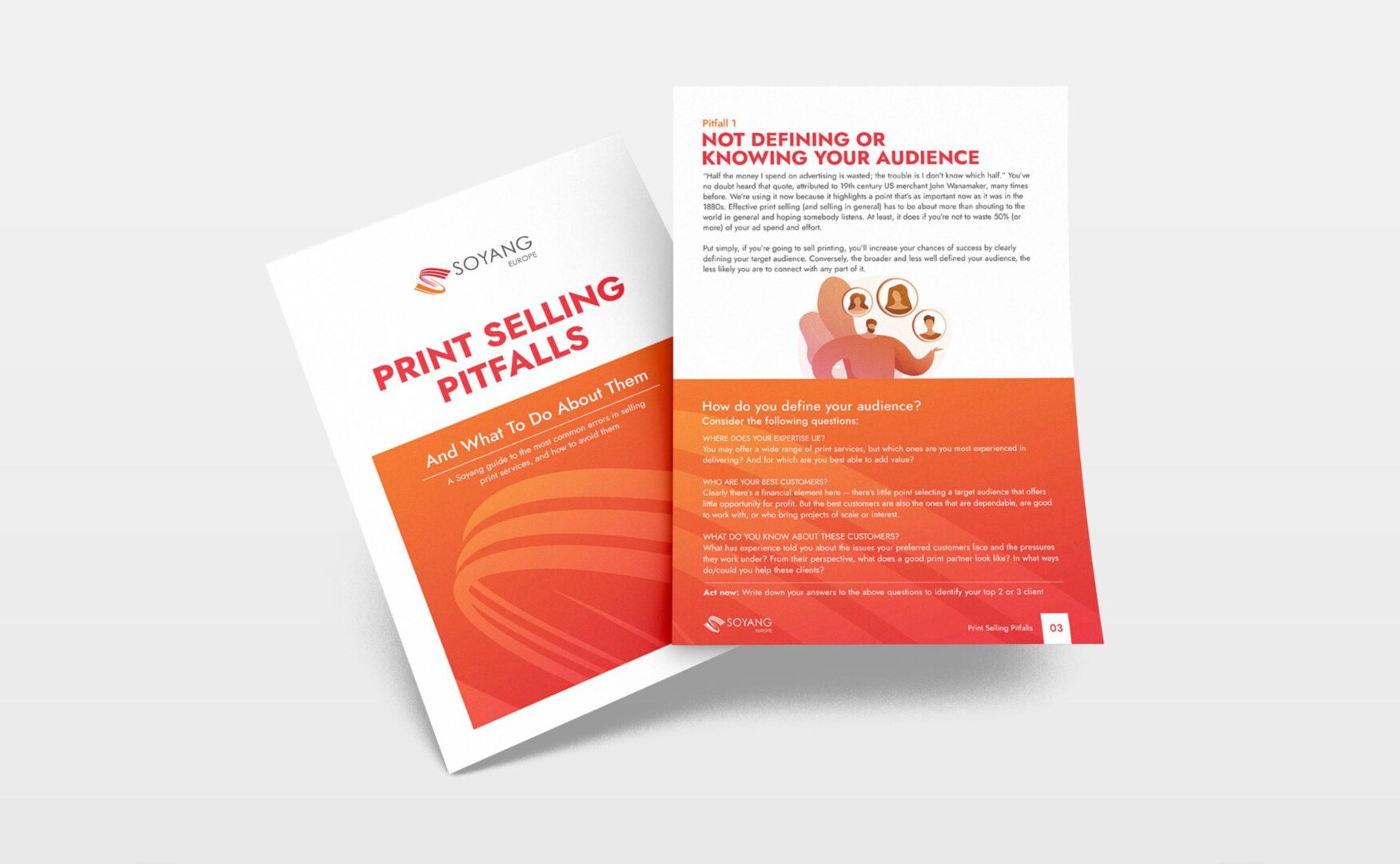How do you know how one printer, ink or print material compares to another unless you devise a standardised way of comparing them? That’s the value of ISO print standards. In this post, we’ll explore examples of ISO print quality standards and consider how to use the information ISO standardisation gives you.
What are ISO standards?
You’ll probably have heard of ISO. They’re the International Organization for Standardization. Simply put, the standards they produce define the world’s agreed way of doing things. That’s important, because it ensures one product is compatible with another, or that you can accurately compare similar products and services.
Standards are part of our everyday life. An A4 sheet of paper, for example, is the same size everywhere in the world because the world agreed a standard definition of what A4 should be.
In business, standards such as ISO 9001 (the quality management standard) and ISO 14001 (the environmental standard) are in everyday use. Yet there are thousands more standards for hundreds of sectors – including print.
What are ISO print standards?
ISO printing standards bring ISO’s process of standardisation to the print world. That’s important because print professionals need to be able to effectively compare the performance of the printers, inks and materials they use.
Here’s an example of the difference made by ISO standards for printing:
Suppose you’re buying an ink cartridge for your print business. You’re comparing two products, but one bases its print yield (that is, how many items you’ll be able to print from a single cartridge) on white, A4 sheets. The other describes the yield in terms of A3 photo printing.
These two completely different forms of yield measurement make it almost impossible to work out which cartridge is right for you. What’s needed is a common measure.
ISO print quality standards do that be settling on a commonly agreed way of measuring ink cartridge yield (in this case, it’s ISO/IEC 24711:2021 at time of writing although, as standards are regularly reviewed, this will evolve over time).
By stating that your product conforms to the appropriate IS0 print standard, you give customers a clear understanding of how you’ve arrived at the yield calculation.
What other ISO printing standards are there?
There are lots. ISO currently lists 317 separate ISO print standards although some of these have been withdrawn and others are only in development.
Standards include:
- Colour standardization that ensures company A’s definition of ‘red’ matches company B’s definition.
- Print speeds
- Paper qualities
- The principles of a PDF document
- The measurement of print media’s carbon footprint
Applications of ISO standards for printing?
It all depends on the specific standard and its purpose. Here are some examples:
Print productivity (ISO/IEC 24734:2021)
This standard enables the comparison across printers and print technologies (laser, inkjet etc).
Page yield (ISO/IEC 19752:2017)
Effectively a standardised measure of how ‘hungry’ a printer is, the toner cartridge yield enables comparison of a printer’s ink efficiency. Think of it as the equivalent of a miles per gallon comparison in your car.
Paper permanency (ISO 9706:1994)
When you’re printing documents designed to last (for example, legal, medical or other official documents) you need paper that will last, and when procuring that paper you need to know that the options you’re considering all achieve the same level of permanency.
This ISO print standard details maximum and minimum pH values, tear tests, acid neutralisation and more.
Colour, transparency and hue
There are several ISO printing standards for colour which cover a range of digital and manual print media.
While the end result may be a red that looks red and a blue that looks like the same blue across screen and print, the reality is that these standards are more about wavelengths of light and ensuring the same specific combination of magenta, cyan, yellow and black are used to create colour.
How to use ISO print quality standards
Does the fact that a product meets an ISO standard mean you can expect a guaranteed level of performance? Not quite.
There’s no escaping the fact that unless you precisely recreate the test conditions there may be a slight variance between the ISO print standard and your experience. Even atmospheric conditions could influence page yield or print productivity in a small way.
The point of ISO print quality standards is not to compare reality to the standard, but to ensure you’re comparing apples with apples in respect of printers, inks and print materials.
For help in comparing print materials for your project, talk to Soyang.









